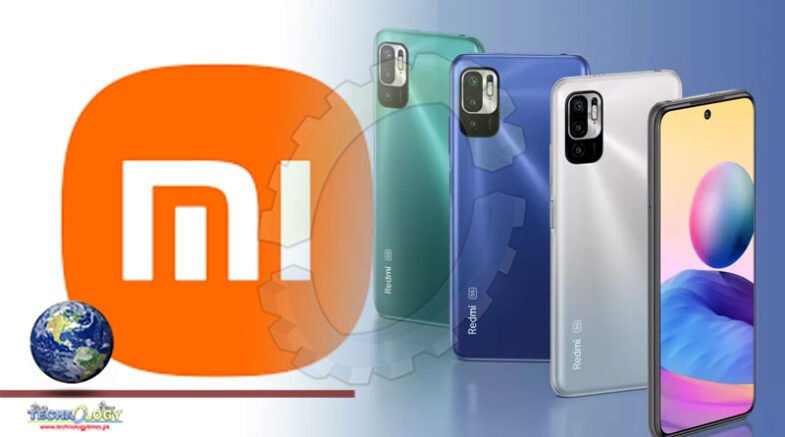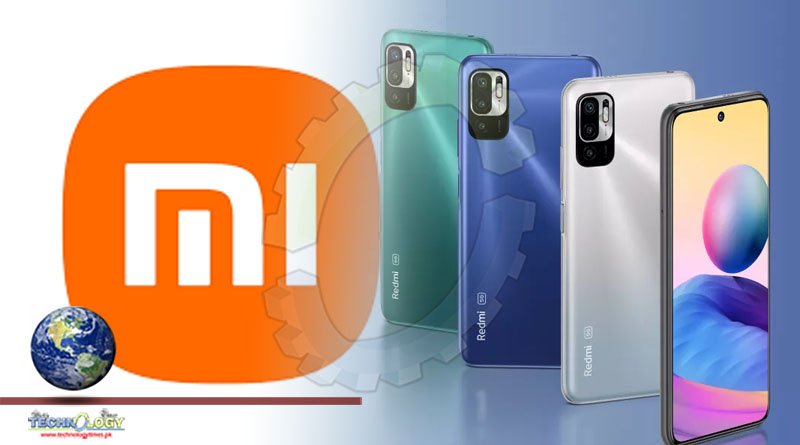The world cheapest 5G smartphone can teach us a lot about the future of the mobile industry. A watershed moment for the smartphone industry as Xiaomi breaks new ground

It only seemed like yesterday that 5G was first demoed (we had a sneak peak at the technology back in 2015) and yet, just a few years after it was rolled out and the first handsets went on sale, the first sub-£100 (about $137, AU$186) 5G smartphone has appeared on the market world cheapest 5G smartphone.
The device was available directly from Vodafone’s online shop at the time of writing in three different colors with next day delivery.
The Xiaomi Redmi Note 10 5G is not a new device, but the fact that Vodafone, one of the world’s biggest network operators, is willing to push it well into budget territory despite its mid-range credentials is a clear sign that times are changing for the better, at least for the end user.
- Here are our best rugged smartphones
- These are our best business smartphones chocies too
- And check out our list of the best secure smartphones
Game changing or one-off discount?
We reviewed the Redmi Note 10 5G just a few months ago, and gave it a solid 3.5 stars (out of five) at its original suggested retail price which is more than twice what Vodafone is now selling it for.
It goes without saying that Vodafone’s steep discounting has turned a solid, yet uninspiring device, into a entry level/budget champion. At this price, who needs 4G smartphones (check out our feature on the rise of the $100 smartphone)?
Against its UK rivals O2 and EE, Vodafone seems to be resorting to some pretty extreme sales strategies in order to capture more 5G marketshare. So while the Xiaomi Redmi Note 5G is heavily discounted, you still need to buy a £10 PAYG bundle (note that the device is unlocked).
Obviously, the same applies for Xiaomi, which must have given its approval to such a deep price cut. The company has rapidly replaced Huawei as Samsung’s main competitor in the Android space and is locked in a formidable battle for the biggest prize of them all: the title of biggest global smartphone vendor in terms of units shipped.
Riding on the coat of Xiaomi is Qualcomm’s archrival, Mediatek. The Taiwanese semiconductor maker has adopted an aggressive launch strategy with a clear objective. Being the leader in market share, even if it means competing only in the low-end/mid-range 5G ready chipset market.
What comes next?
Expect 4G smartphones to be rapidly squeezed out of the market as 5G coverage improves globally. Other than Mediatek and Qualcomm, another massive Chinese vendor, UNISOC is likely to introduce a number of affordable 5G chipset solutions which will add more competition from 2022 onwards.
Two other peripheral implications of this 5G onslaught will be (a) a significant drop in the price of 5G mobile hotspots which may hasten the demise of landlines and (b) Microsoft and Google may finally be convinced to allow their respective ARM-based ecosystems (Windows on ARM and Chrome OS) to run on much cheaper system-on-chip solutions.
What about the Redmi Note 10 5G itself?
As for the phone itself, its features wouldn’t be out of place on a flagship device from 2018.
Other than its 5G credentials (and its ability to run two 5G SIMs in standby), it has 4GB of RAM, 128GB onboard storage (using the faster UFS technology), a 2400 x 1080 display with a 90Hz refresh rate, a massive 5,000mAh battery, a 48-megapixel main camera (plus two side sensors), NFC and a Type-C connector plus Android 11.
All in all, this is anything but your usual entry-level, cheap-as-chips smartphone.
- These are the best Xiaomi phones around
Source Tech Radar
